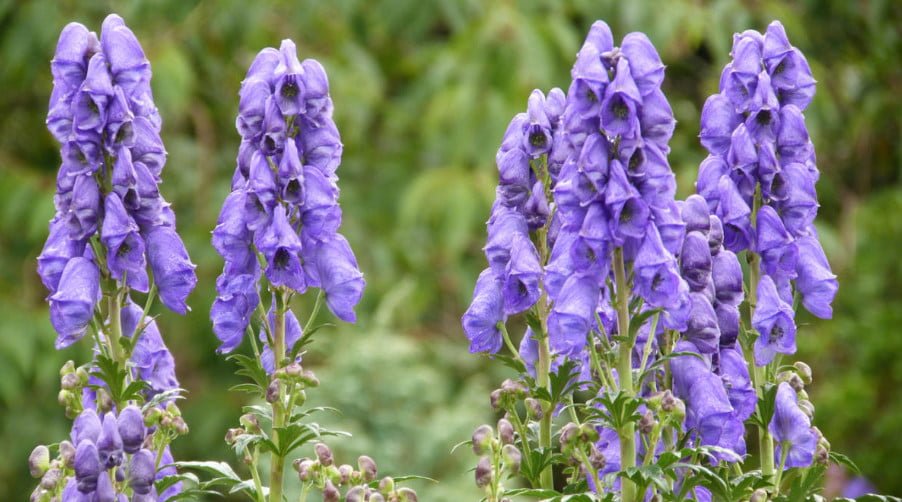
The origin of the name of this plant is explained in different ways. Of course, the basis of his Greek roots: city or Aconae, which means rock or Acontion — arrows.
I remember this plant from childhood, because it can be seen almost everywhere. And then I met him at a Botanic University internship. Love these plants mountains. Now let’s get to know him better.
Botanical description
Introduction the genus Aconitum (Aconitum) from the already familiar to us of the family Ranunculaceae. It includes 300 species that live only in the Northern hemisphere – in Eurasia and America. All species are tall herbaceous plants, mostly perennial. Among them there are curly forms. They grow in forests, on river banks or in mountainous areas. Like moist, rich humus soil.
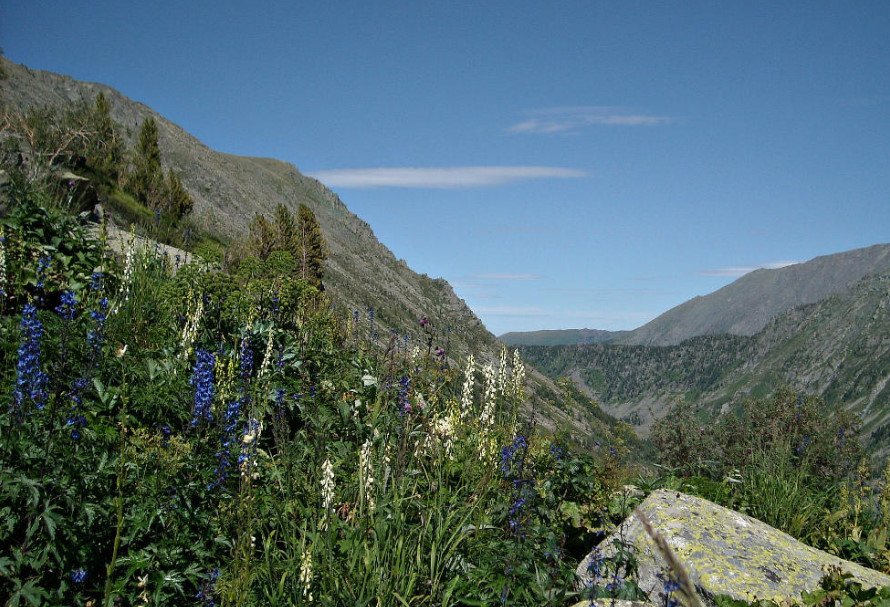
Plants have characteristic flowers, different in structure from the flowers of the other Ranunculaceae. According to the Botanical description, they are called wrong, because their Cup, which is usually green, is multi — colored, and its upper sheet has acquired a helmet-shaped shape. Under it hides a simplified Corolla. It has been simplified to such an extent that it has turned into nectaries. There are also many stamens.

They are often painted in blue and yellow tones. These unusual flowers are on a slender solid escape, eventually a brush.
Most of the aconites are high-from 1-1.5 to 2-4 m. usually Bloom in July-August. The leaves are simple, highly dissected, arranged on the stem alternately. In General, the plants are unusual and beautiful, of course, they are not left without attention of growers and breeders.
Aconitum napellus
To cultivate it began in the XVI century. In nature grows in Europe, but because the species is very variable, in different areas it stands out in some species. As a result, the botanists with this plant a lot of confusion, but we will not delve into these subtleties.

Varieties derived from it:
- ‘Bicolor’. High, much branched shrub with white with blue rim and flowers.
- ‘Grandiflorum Album’. White flowers-hoods are placed on long brushes.
- ‘Pink Sensation’. The flowers of this variety are painted in pink tones.
- ‘Bressingham Spire’. The brushes are not very long, the flowers are violet-blue, rather dark.
- ‘Eleonora’. It has very beautiful white flowers, with a red border.
- ‘Schneewittchen’. Blooms snow-white flowers.
Aconitum variegatum
Height up to 150 cm, with tuberous formations on the roots. Inflorescences consist of blue or darker blue flowers, sitting in pairs on long stems.
Aconitum volubile
Asian species-Aconitum volubile, grows in forests. Twisted stem up to 2 m long, separated leaves have long petioles, with which the plant clings to its neighbors. Inflorescences come out of the axils of leaves and directed to the sides, are a few lilac or bluish-green flowers sitting on pubescent stalks.
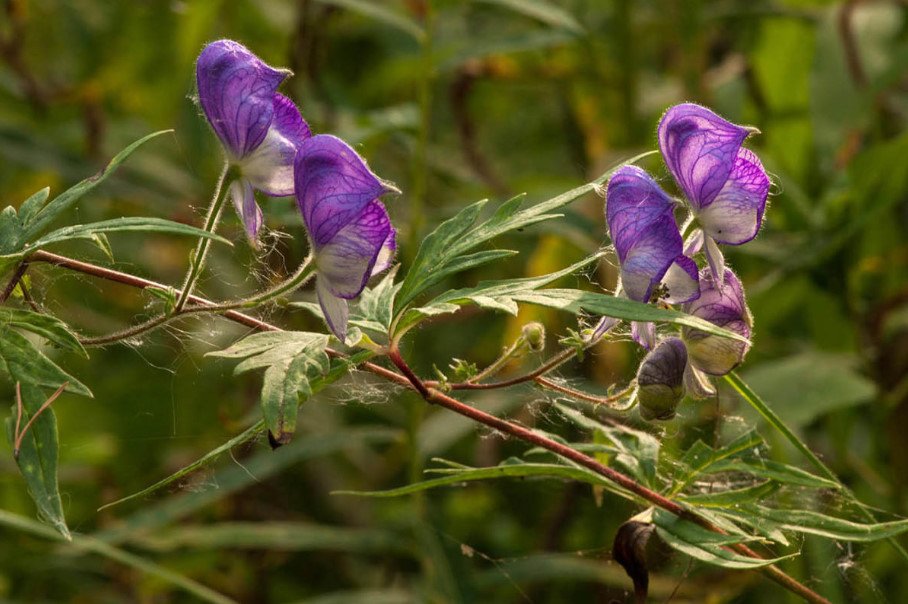
Aconitum fischeri
Aconitum fischeri-far Eastern species, where it grows in mixed forests on the coast, and found in meadows. The sturdy stem reaches a height of 100-160 cm, it is crowned with a brush with helmet-shaped flowers of bright blue or white color. Blooms from July to October.
Aconitum altaicum
This species is up to 150 cm tall with large inflorescences of dark blue flowers. Separate leaves dark and shiny. Blooms in June, but at the end of the summer may happen re-flowering.
How to plant and grow
The gardens are grown as wild species of aconites and their varieties. Breeding these beautiful plants is not difficult. For them, the usual garden land is suitable, but they do not like sandy or gravelly, as well as heavily waterlogged soil.
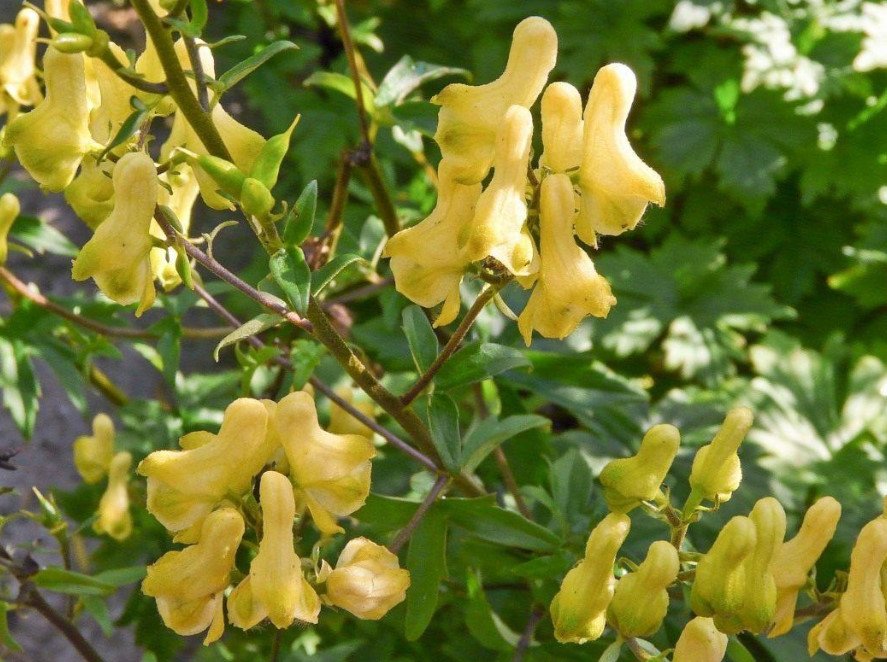
On fertilized and nutritious soil plants grow larger, their flowering will be more abundant. Aconite refer to the colors, on responsive caring attitude. So feeding any fertilizers they perceive gratefully and bloom longer and more abundant.
During the summer, it is desirable to loosen and mulch the soil around the bushes with peat or compost. In hot weather without rain plants need watering.
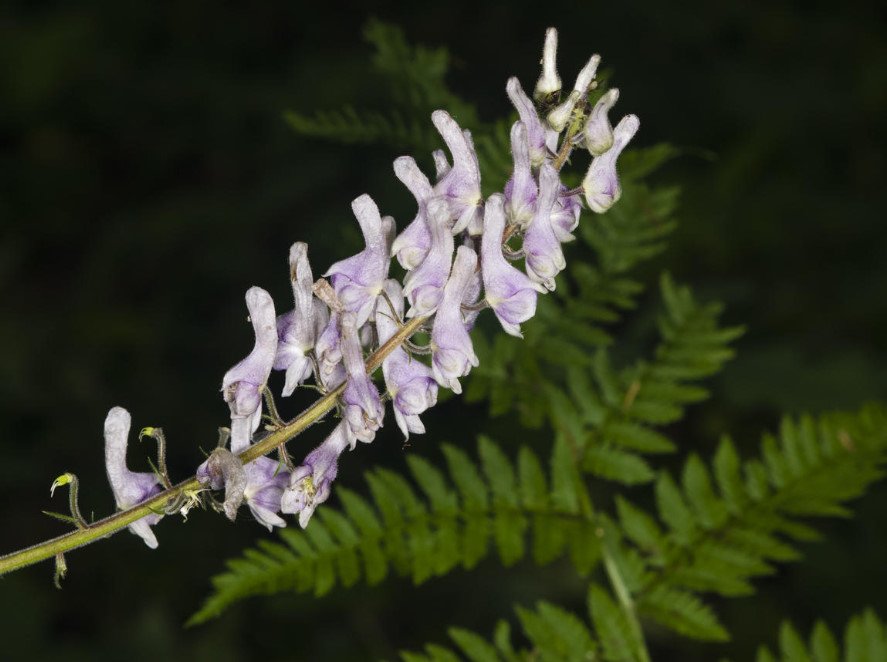
During flowering you need to regularly remove shoots with withered flowers. Aconite bushes, especially with good care, grow quickly and require division and transplantation no later than 4-5 years.
Reproduction of Aconite
- Seeds. If it was possible to collect the seeds of Aconite, sowing should be carried out in the same autumn. To do this, it is better to choose a place slightly shading, with nutritious, long-retaining soil moisture. Next spring, seedlings will appear. They can be transplanted to a permanent place in August or next year. It is possible to carry out sowing in the spring, but the seeds must be stratified to get friendly shoots.
- Varietal plants are best propagated vegetatively by dividing the Bush. The wrestler is a species with rhizomes – they are divided in the spring, and conclusive it is better to propagate in the fall. Their planted at a distance of at least 30 cm from each other, as the fighters grow quite quickly.
- You can cut young shoots and tuberous species. Cuttings are not more than 12 cm high separated in the spring and rooted in the stalk.

Aconites in the garden
The use of aconites in the garden is varied. Since its species bloom for a long time and at different times, you can even create a flower bed of continuous flowering from some aconites.
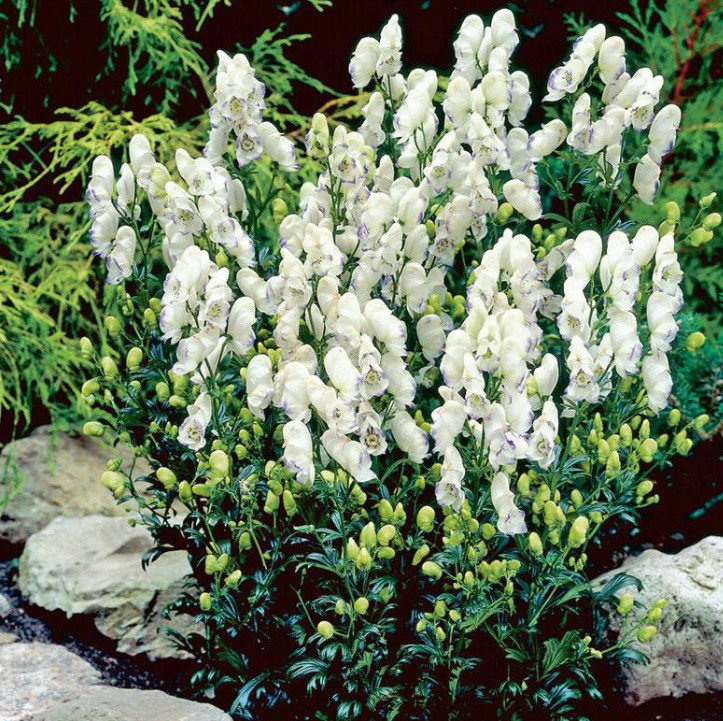
High and lianoid Aconite can be planted around buildings to create a background mixborders coupled with hollyhocks and other tall plants. With the fighters good daylilys and hosts in the foreground; also will be in harmony with a variety of garden daisies and decorative Achilleas.



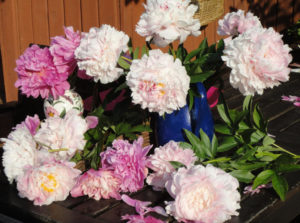
Leave a Reply